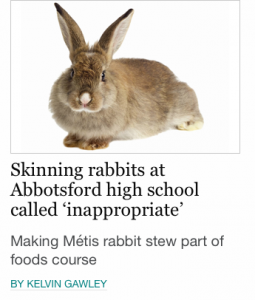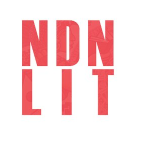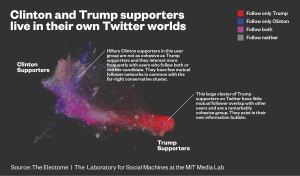Traditional Indigenous Clothing was one of the first things early European explorers adopted as they surveyed the New World in search of the Northwest Passage. It was recognized for its durability, quality and ability keep the wearer warm in harsh climates. European clothing, however was cheaper and at the time more fashionable. Indigenous inspired clothing is now hitting the mainstream not only in Canada, but in other parts of the world.
Smaller companies like Sapling and Flint Designs and Tlicho Online Store work to promote and celebrate their cultures and support their communities through the sale of their products. While companies like NeechieGear promote the celebration of Indiginous culture in general, while giving a percentage of their proceeds back to the community.
Although Manitoba Mukluks is one of the most successful of these the Indigenous-owned company strives to insure that the success of the company is shared with others, as it supports Indigenous communities, celebrates Indigenous values, traditions and history.
In 2014 Australia hosted its first Indigenous Fashion Week showcasing artists and designers and well as inspiring Aboriginal models, whom were mentored by professional models throughout the week.
Other designers like Canada’s Jamie Medicine Crane notes that she is inspired by her Blackfoot culture when designing. She also uses her designs to bring attention to social issues, for example a gown with 2,000 gemstones, each representing a missing or murdered Indigenous Woman.
Cultural Appropriation is a concern for many, as artists and designers often take ideas from one another. In 2015 after creating a sweater that was a replica of an Inuit Shaman’s jacket, the UK fashion label KTZ did pull the jacket from store shelves, and apologize, but did not offer financial compensation. The company did say they were trying to “to encourage appreciation for traditions, ethnicities and religions’ diversity.” Additionally, Canadian designers Dean and Dan Caten of Dsquared2, have not only used Indigenous inspired designs, but were accused of using racist labeling in their 2015-16 collection titled #Dsquaw.
There are no laws protecting Indigenous art, designs, or other traditional knowledge. According to Simon Fraser University professor, George Nicholas, “Indigenous heritage is often seen as public domain, free for the taking,” and it is extremely difficult to protect. Intellectual-property laws were not designed with shared cultural knowledge and art in mind. The World Intellectual Protection Organization has formed a special committee to develop a system that would protect Indigenous intellectual property.
Whitehorse lawyer, Clair Anderson encourages Aboriginal groups should look at their traditional laws. She gives the example of the Tlingit culture:
“if someone exploits someone else’s design or steals property, they must apologize in front of the community at a public forum, like a potlatch. She says some sort of compensation is given — whether it’s monetary or the gifting of a song.”
-
Bird, Hilary. “Indigenous culture not protected in Canadian law, lawyers and academics say.” CBCnews, CBC/Radio Canada, 31 May 2017, www.cbc.ca/news/canada/north/indigenous-culture-not-protected-in-canadian-law-lawyers-and-academics-say-1.4138794.
-
Black, Erin. “We Went to Australian Indigenous Fashion Week.” Vice, 17 Apr. 2014, http://www.vice.com/en_au/article/5gkya8/we-went-to-australian-indigenous-fashion-week.
-
Manitioba Mukluks – https://www.manitobah.ca/
-
https://www.saplingandflintdesigns.com/media
-
News, CBC. “Canadian fashion label Dsquared2 under fire for #Dsquaw collection.” CBCnews, CBC/Radio Canada, 6 Mar. 2015, www.cbc.ca/news/indigenous/dsquared2-under-fire-for-dsquaw-women-s-fashion-collection-1.2980136.
-
Zerehi, Sima Sahar. “U.K. fashion label under fire for copying Inuit shaman’s robe.” CBCnews, CBC/Radio Canada, 25 Nov. 2015, http://www.cbc.ca/news/canada/north/ktz-fashion-inuit-design-1.3337047.





